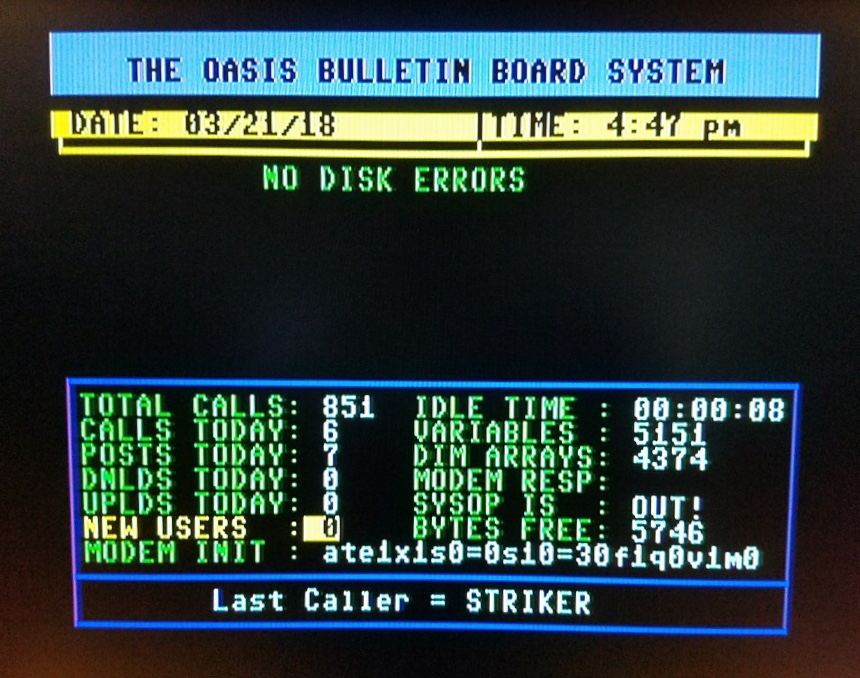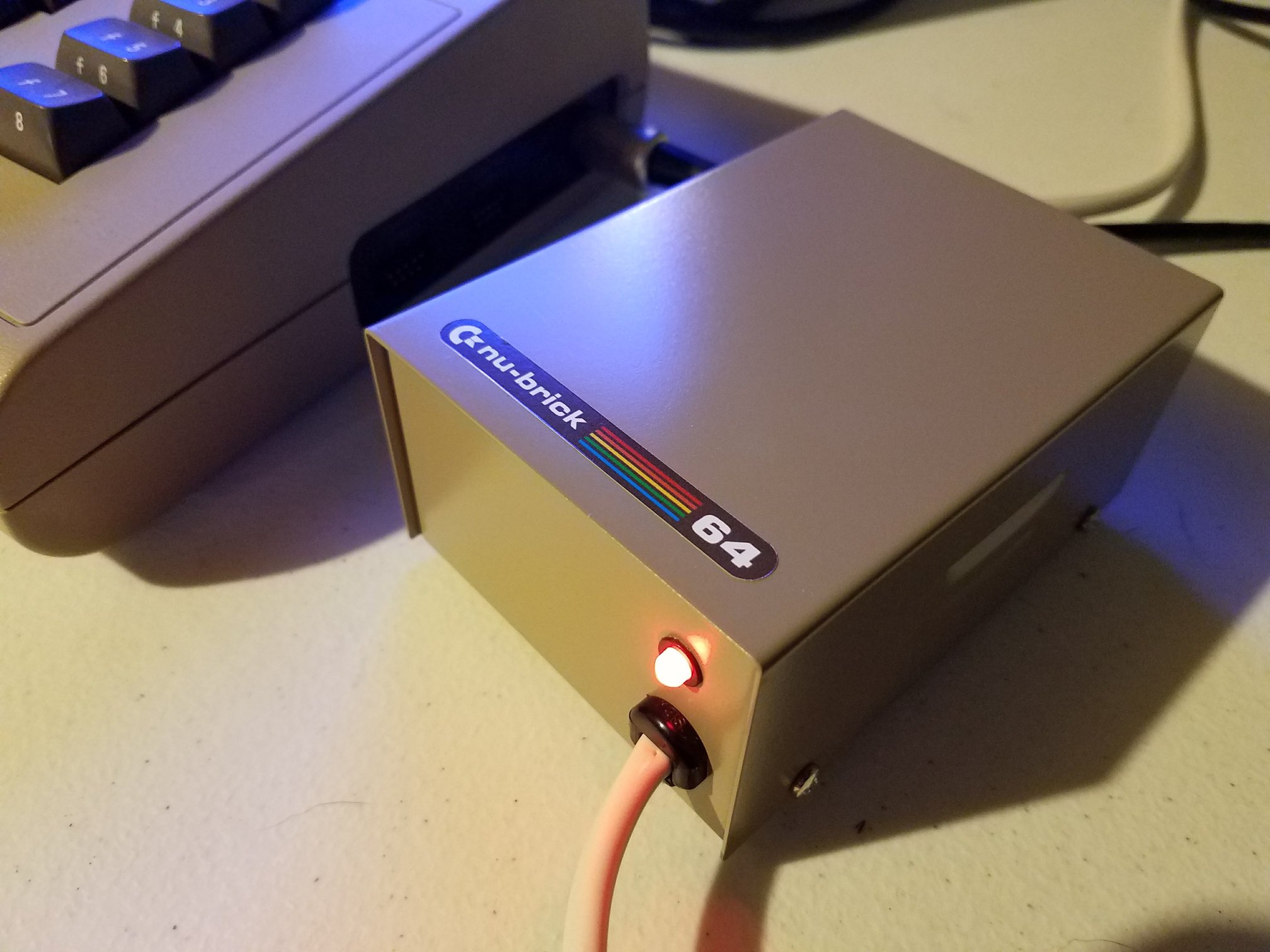ProjectCD.Chronicles takes viewers on a wide-ranging exploration of the Amiga Operating System Evolution, spanning everything from Hyperion’s commercial AmigaOS 4 to open-source alternatives like AROS and MorphOS. The video begins by grounding the discussion in the community’s long-standing digital hub, Amiga.org, a cornerstone that has connected enthusiasts since 1994.
The site remains a gathering place for seasoned users and newcomers alike. Forums still light up daily with posts about hardware repairs, software tweaks, emulators like Amiga Forever, and FPGA-based systems such as Vampire. It’s a living time capsule where Amiga’s past, present, and future intertwine.
Hyperion and the PowerPC Era
The deep dive begins with Hyperion Entertainment, the company behind AmigaOS 4. Founded in Belgium around 1999, Hyperion was once known for porting PC games like Heretic and Shogo: Mobile Armored Division. But its defining move came in developing AmigaOS 4 under license from Amiga Inc.
The release brought the PowerPC architecture to Amiga, introducing improved memory management and network integration. Despite that progress, the platform’s dependence on certified hardware and ongoing legal disputes between Hyperion and Amiga Inc. slowed its advancement. Still, Hyperion’s work ensured the OS survived the post-Commodore transition, keeping the Amiga experience alive through modern hardware like the X1000 and X5000.
Open-Source Alternatives: AROS and ApolloOS
Next comes AROS, short for Amiga Research Operating System. Started in 1995, AROS aimed to recreate AmigaOS 3.1 in open-source form. It runs across several architectures, including ARM, PowerPC, and x86, and even supports FPGA hardware through ApolloOS.
Community-driven and portable, AROS features the Wanderer desktop, a modern reimagining of Workbench. While not every app runs perfectly, AROS stands as the most open Amiga-compatible OS, built entirely by volunteers.
MorphOS: The PowerPC Contender
Created by ex-Phase 5 engineers in the late 1990s, MorphOS has long been a favorite among users of PowerPC Amiga systems. It combines high compatibility with modern features, offering support for Radeon GPUs, USB, and network devices. MorphOS is known for its speed, stability, and clean design—qualities that make it a standout choice for those seeking a more modern Amiga desktop.
Rediscovering Amiga Through Emulation
The Amiga Operating System Evolution wouldn’t be complete without the modern revival projects that simplify access for newcomers. Amiga Forever by Cloanto provides legal ROMs and ready-to-use emulation packages. AmigaSYS and Classic Workbench both deliver preconfigured environments for WinUAE users, offering plug-and-play setups that replicate a fully stocked Amiga desktop without tedious configuration.
At the top end of polish sits AmiKit, described as the “luxury edition” of Amiga computing. Available for Windows, Linux, macOS, and Raspberry Pi, it merges visual refinement with usability. Its modern Magic User Interface, rich iconography, and extensive suite of applications create a highly usable Amiga-style desktop—arguably the smoothest bridge between nostalgia and modern practicality.
A Living Legacy
From official releases to open-source experiments, the Amiga Operating System Evolution showcases an ecosystem that refuses to fade. Each project—from Hyperion’s OS4 to MorphOS, AROS, and AmiKit—represents a unique interpretation of the same enduring dream: keeping the Amiga spirit running on today’s hardware.
The video captures this legacy with passion and depth, reminding viewers why the Amiga still inspires developers and fans across the globe. For anyone curious about how many Amiga operating systems exist—and how far they’ve come—this presentation is a must-watch.







